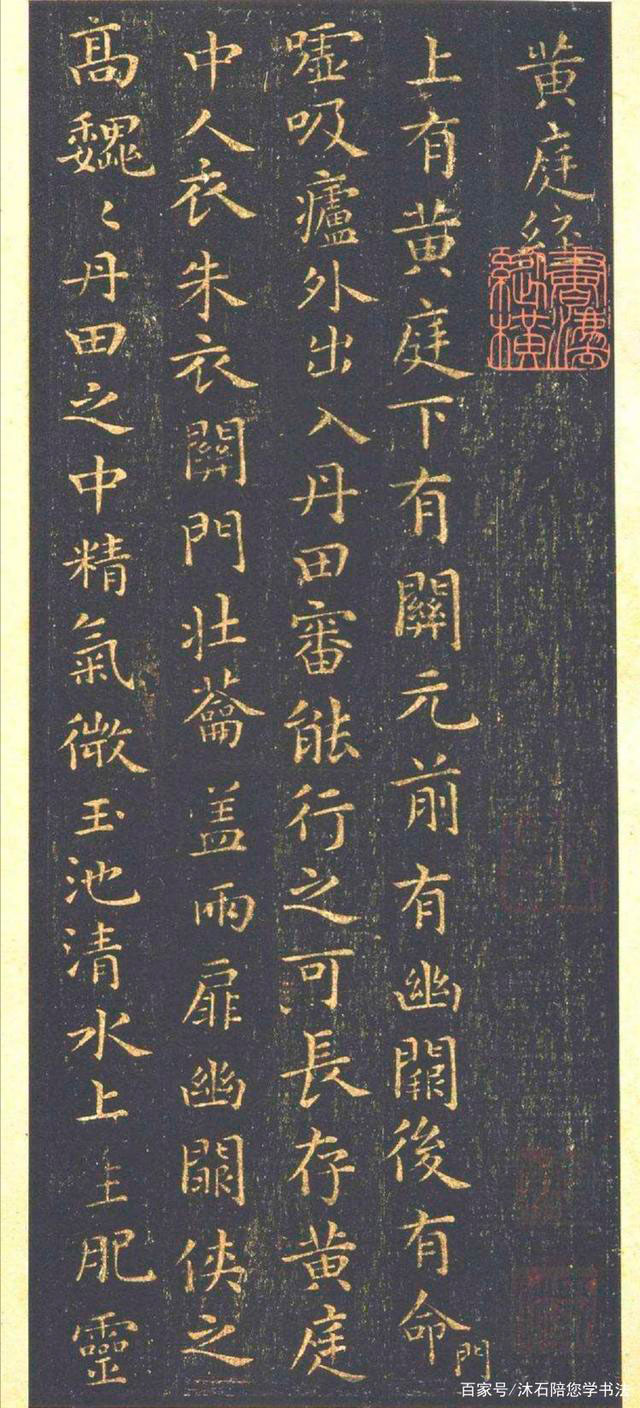Sun Goting was a famous calligrapher during the reign of Empress Wu Zetian of the Tang Dynasty. Currently, his name is well known to the lovers of calligraphy, and his calligraphic works are recognized. However, during his lifetime, he was not widely known and did not have much influence. Subsequently, this master of calligraphy began to be appreciated more, so these days his name really gained popularity.
Sun Goting was a hardworking calligrapher. He wrote in the Calligraphy Guide about this: “When I was studying, I paid all attention to calligraphy, knew the look of the works of Zhong Yao and Zhang Fa, absorbed the recommendations of Fu Xi and Wang Xianzhi.” If he had not plunged into the study and imitation of the masters of previous generations, such a work as the Calligraphy Guide would not have been written.
Of course, the Calligraphy Guide is not only an album of samples of classical Tsaoshu calligraphy, but also a famous theoretical work in the history of calligraphy. In it, Sun Gotin composed a description of many unique ideas in the field of calligraphy based on the work of his predecessors and his own mastery.
So, in Shupu, Sun Gotin emphasizes: only the “form” is not enough to create calligraphic works, you also need a feeling.
What is a “form”?
By “form” in calligraphy, most people understand the length and thickness, as well as rounded turns and bends when applying strokes. That is, for many people, a stroke is just a visual trace left by ink on paper.
However, Sun Goting did not think so. Describing the stroke, he said: “When you look at the beauty of calligraphy, you see that the vertical lines, depending on how the line was finished, can be in the style of “hanging needle” or “hanging dew ”, the beauty of their shape is different. Strokes can be like the noise of a thunderous thunder on a summer day or a stone falling from the top. Straight lines are similar to a direct flight of a wild goose in the air or with a sudden jump of a frightened wild beast. Curved lines resemble whirling birds in flight or the movement of a frightened snake. The image created with the help of calligraphy can be compared with the top of the mountain, from which the stones are torn, or with dry branches, hanging on which, a person can easily fall down. The “wet brush” technique is associated with black clouds that suddenly covered part of the sky, and the “dry brush” with its thin lines is associated with the cicada wing. Brush movements can be similar to a waterfall stream, and when the brush stops, the style becomes calm, like a towering mountain. A cluster of strokes creates the image of a crescent moon rising among distant stars, all strokes fill a sheet of paper, and each individually looks like a star shining in the summer sky. ”
Look how beautiful and imaginative, in the opinion of Sun Goting, is the form of calligraphy.
What is such a vivid description based on? First of all, it comes from the quality of strokes. All the touches give the audience a certain association with beauty; otherwise the calligraphic work will not be successful. Of course, this association also depends on the level of aesthetic perception of the viewer. Even if something is written beautifully, but the viewer cannot appreciate it or he has no mood at the moment, the effect will be completely different.
What is a “feeling”?
When it comes to the “feeling,” everyone immediately thinks of something incomprehensible. If this is an intangible thing, then how can you understand it? That is, in what can one “see” a feeling?
Sun Goting, evaluating Wang Xizhi, said: “In Yuei, the feeling of calligraphy is disappointment, in the Commendable Epigraph the imagination is unusual, in the Canon of the Yellow Court it is the joy of heaven, in Taishichen it is a continuous struggle.”
Such feelings, perhaps we cannot “read”. However, in all classical works, when they are created, calligraphers always bring certain feelings. And this meaning is embedded in the expression “feeling by touching the hearts of people”, that is, the viewer is not simply dealing with a set of features.
This applies not only to Wang Shizhi. Why did the Zhai Zhi Manuscript of Yan Zhenqing and the Hanshi of Su Shi become classic? The reason lies not only in the use of the brush and not only in the “form”, but also in the “feeling”, the key element of the work of calligraphy. ”
In other words, the use of a brush is just a trick, the shape of the strokes is an external element, and all this ultimately serves to “convey an idea through feeling”. If the writer puts his feelings into the work and knows how to express them, then the viewer, who has a certain level of calligraphy perception, will be able to feel the same feeling. This is the essence of true communication in calligraphy.
Sun Goting has left not many works, the most classic of them is the work known to us as A Handbook of Calligraphy (Shupu). Sun Goting gave a systematic presentation of the theory of calligraphy and the issues that need to be addressed when creating calligraphic works in it. Of course, this work is an indispensable textbook, necessary when creating exemplary works, and for those who study the Tsaoshu writing.
Thus, when engaging in calligraphy, one must try not only to write well, but also to understand its meaning. Both of these aspects are reflected in the Calligraphy Manual (Shupu), which is why this work must be repeatedly addressed during training.

